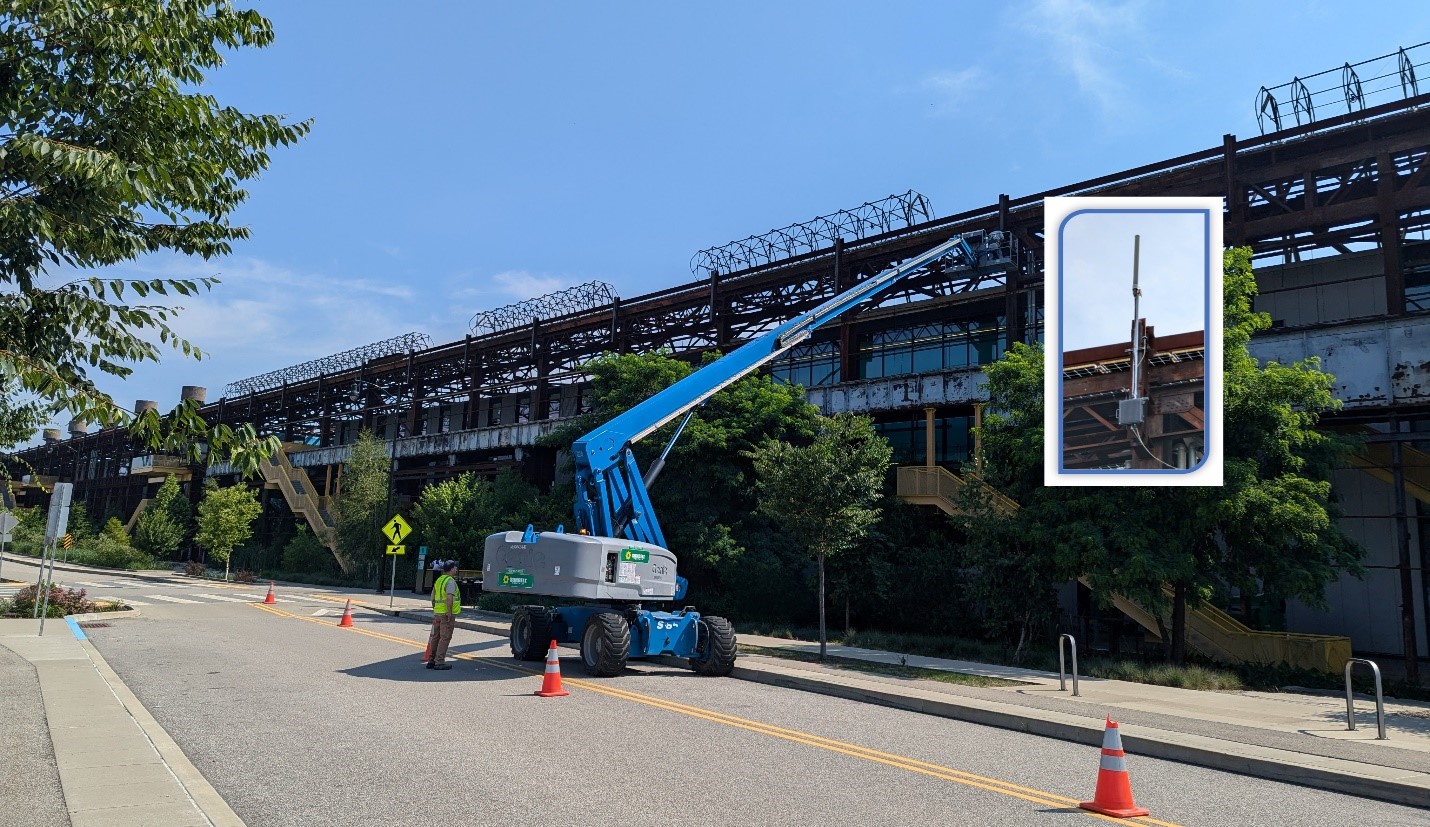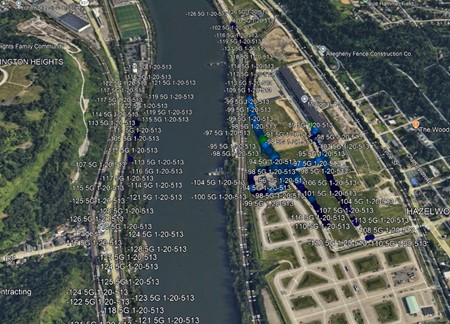
Unlocking Edge Computing in the new Living Edge Lab 5G Network
It’s been only three years since the CMU Living Edge Lab (LEL) built one of the first LTE CBRS private networks in the world. Since then, the network has become a cornerstone for LEL edge computing research, student projects, and industry engagement. We built that network to better understand how network characteristics impacted and shaped mobile edge-native applications and infrastructure. As always, edge computing relies on low network latency and jitter to provide a good user experience and rapid response. However, we found that commercial networks didn’t meet the needs of many applications. It is also very difficult to get insights into relatively opaque commercial networks. The LEL LTE network enabled us to explore these areas and to make use of its better performance to push more boundaries. And, other groups within CMU saw the potential for using private mobile networks to address research questions.
We always planned to move or network to 5G to improve performances over LTE. We hoped for the advertised sub-20ms 5G network round-trip-times. But, in 2021, 5G CBRS technology and products were just not ready. Finally, early in 2024, we began planning the construction of a new 5G CBRS network. Our goal was to create a resource for the CMU research community and, with our partners at GXC, the Linux Foundation Magma Community, Kirby Electric, the CMU Manufacturing Futures Institute (MFI), the CMU Entertainment Technologies Center (ETC), and CMU Facilities Management Services, we planned, built, and commissioned a new indoor and outdoor private 5G network at the historic Mill 19 complex in Pittsburgh (shown above during network construction). This site, some three miles from Carnegie Mellon University’s main campus and our LTE network, is a reclaimed steel mill turned tech center where our autonomous drone project, SteelEagle, conducts its flight operations. This location allows the LEL and other research groups like MFI and ETC to access state-of-the-art wireless technology for specific projects. The network completed construction and commissioning in late summer, and we’ve been testing coverage and performance over the last few months.
The network itself consists of one indoor and two outdoor radio units hosted by two software-based Open RAN gNodeBs. The 5G Core is the latest Magma v1.9 opensource release. We have also upgraded the on-campus LTE EPC to the same Magma release. The outdoor radios cover almost two miles of the Monongahela, one of Pittsburgh’s iconic “Three Rivers”. A portion of the coverage area is shown below. Getting coverage over and across the river was one of the targets for the network.

So, what does performance look like so far? In commercial LTE networks, we typically see 50-70ms round-trip-times (RTT) as measured by ping tests. Our private LTE network and commercial 5G networks have 30-40ms RTT. In our new 5G network, we are seeing a reliable 10-15ms RTT -- a 3X improvement! Throughput is similar to our LTE network, but we have more control over the throughput symmetry and uplink throughput than we can in commercial or LTE networks. In many computer vision edge applications (e.g., edge-computing assisted autonomous flight) uplink throughput is far more important than downlink. (Note that we use the network uplink definition – from the end device to the network – not the aerial vehicle definition – from the air to the ground.) 5G technology does truly enable edge computing better than older mobile network technology.
Of course, there were many challenges and learnings during the construction, commissioning, and testing. Most of the outdoor radio installation took place 100’ in the air during 100-degree weather last summer. A hard rainstorm flooded an outdoor radio unit irreparably shortly after its installation. The unique history of the site meant that the iron scrap from the mill days and the building’s I-beam construction twists coverage in some places. The inaccessibility of some coverage areas requires creativity in gathering data. Early data has been collected using bicycle mounted sensors and we plan to conduct aerial coverage mapping using a SteelEagle drone when the weather breaks in the spring.
Going forward, the improved network latency and jitter will provide a better edge computing experience for CMU students and researchers. As we’ve been able to do with our LTE network, we can get under the covers of the network to understand what’s happening and how it impacts applications. We’ll also be able to get our hands dirty with new 5G capabilities like network slicing that have the promise to help some edge computing applications.
Stay tuned for more details and data from this network as we use it in our on-going LEL research program.